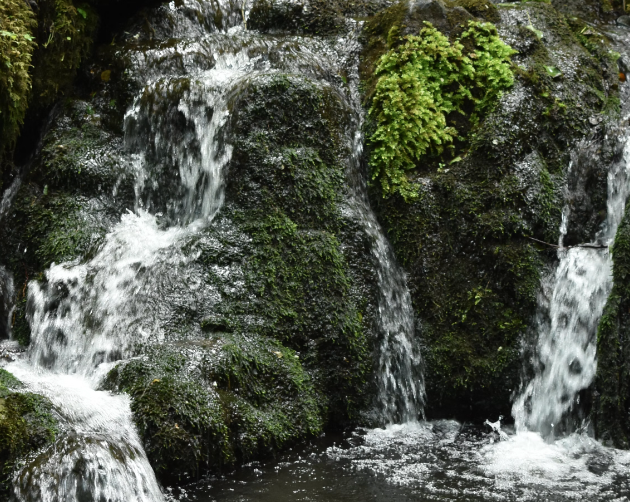
Preservation Techniques: Ensuring the Source of Spring Water Remains Uncontaminated
Water. Simple. Essential. And yet, when it comes to the crystal-clear liquid gushing from natural springs, there’s a world of complexity lurking beneath the surface. Have you ever wondered how that bottle of spring water on your table maintains its purity despite the myriad of environmental challenges? Delve into the intricate dance of preservation techniques employed to protect these natural water sources.
Nature’s Fortified Walls: Geological Barriers
At its core, nature is an expert at self-preservation. Spring water is often safeguarded by layers of rock, soil, and sediments. These layers serve as nature’s filtration system, trapping contaminants and allowing only water to pass. It’s akin to a fortified castle – with layers of walls keeping the treasure within untouched.
Monitoring for Mischief: Regular Quality Checks
Just as a watchful guardian patrols a perimeter, vigilant monitoring is critical. Regular sampling and testing can spot changes in the water’s composition or any sign of contamination. Sophisticated equipment detects even trace amounts of pollutants, ensuring prompt action if quality wavers.
Guarding Against Greed: Sustainable Extraction
Yes, water is abundant in springs, but over-extraction can spell doom. When water is removed faster than it’s replenished, the spring’s pressure drops. This can allow contaminants to enter. Imagine a protective bubble collapsing; it’s a bit like that. Being mindful and limiting extraction to sustainable levels is crucial.
The Enemy Above Averting Surface Contamination
Rains are a blessing, but when they wash over urban or agricultural areas, they can carry pollutants into springs. Effective landscaping, such as constructing wetlands or using permeable pavements, can prevent run-offs. It’s a bit of forward-thinking, anticipating where threats might come from and stopping them in their tracks.
Eyes Everywhere: Surveillance Systems
In an era where technology reigns supreme, why not use it for the greater good? CCTV cameras and sensors around spring sources can offer real-time insights. Anything amiss? Human activity, sudden soil erosion, or unexpected wildlife intrusions, these electronic eyes don’t miss much.
Education: The First Line of Defence
Sometimes, the threat to spring water sources comes from sheer ignorance. Local communities, when educated about the value and fragility of these sources, often become their fiercest protectors. Knowledge truly is power in this arena.
Legislation and Protection: Government’s Role
Laws can be powerful tools. By establishing protective zones around spring sources, governments can limit activities that might introduce contaminants. Be it industrial operations, mining, or even certain types of farming, legal restrictions can work wonders.
Final Thoughts
Wrapping it all up, it’s evident that the path to preserving spring water purity is a tapestry of techniques, both old and new. So, next time you quench your thirst with a refreshing gulp of spring water, remember the extensive efforts behind each drop. Whether it’s from a local fresh spring water distributor or an international brand, there’s an intricate dance of nature and technology ensuring every sip is as pure as nature intended. Take the time to check the credentials of your supplier and ensure that they uphold the highest of industry standards for the best results. Cheers to the unsung efforts preserving our springs!
